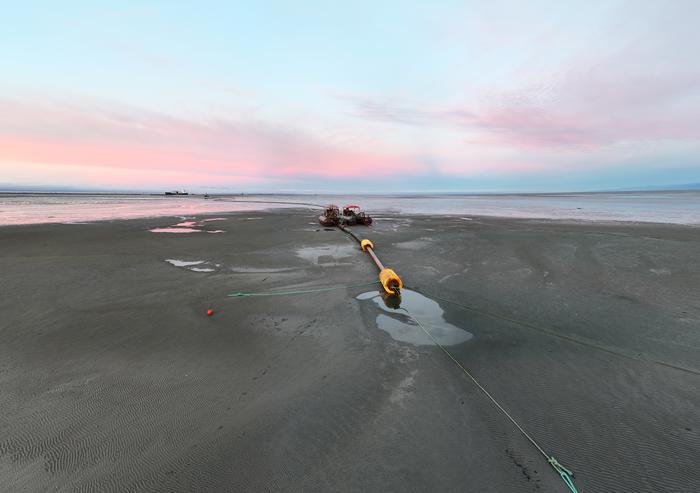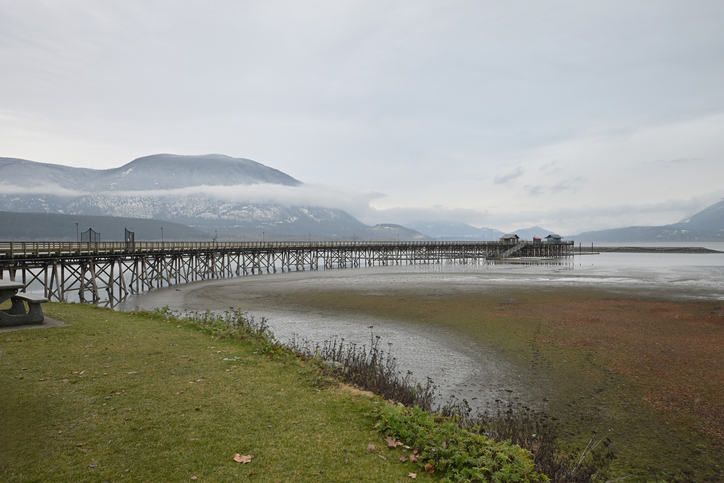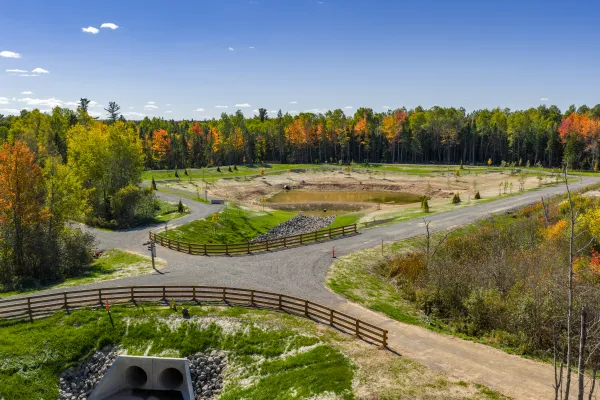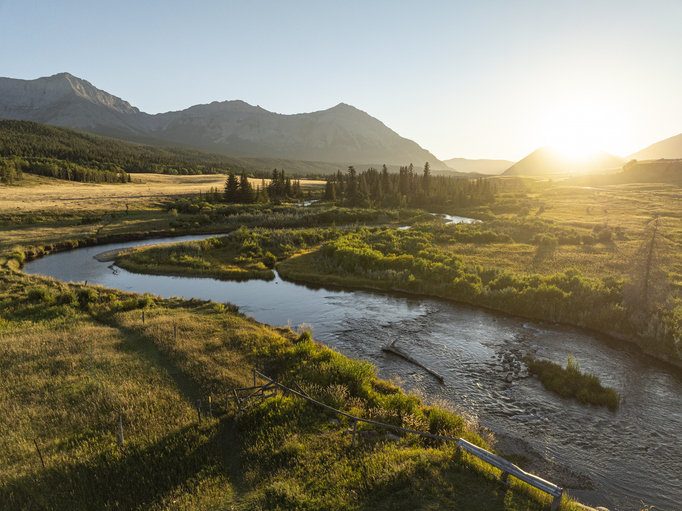A pilot project testing whether rebuilt tidal marshes can help protect coastal communities from sea-level rise has completed a new phase on Sturgeon Bank.
In late October, researchers placed 5,800 cubic metres of sediment from the Fraser River on Sturgeon Bank off Richmond. The work is part of an ongoing effort to determine whether restored marshes—rather than traditional rock or concrete structures—can better buffer storm surges, store carbon and improve wildlife habitat.
The project is led by Ducks Unlimited Canada in partnership with University of British Columbia engineering researchers. Since 2021, the team has reused more than 27,000 cubic metres of dredged sediment to rebuild declining marsh ecosystems. The initiative was recently recognized with the Environmental Managers Association of B.C.’s 2025 Award for Remediation and Restoration.
Dr. Enda Murphy, a civil engineering professor at UBC, said the research focuses on how strategic sediment placement can counter marsh losses driven by sea-level rise, dredging and dyke construction.
“We’re learning how to place sediment strategically to restore marshes and offset losses caused by sea-level rise and human activities like dredging and dyke-building,” Murphy said.
Findings from the pilot could contribute to a regional strategy to repurpose dredged sediment—material that is currently deposited offshore—to restore coastal habitats and bolster natural flood defences around communities vulnerable to rising seas.
Featured image: Jamie Gauk / Ducks Unlimited Canada











